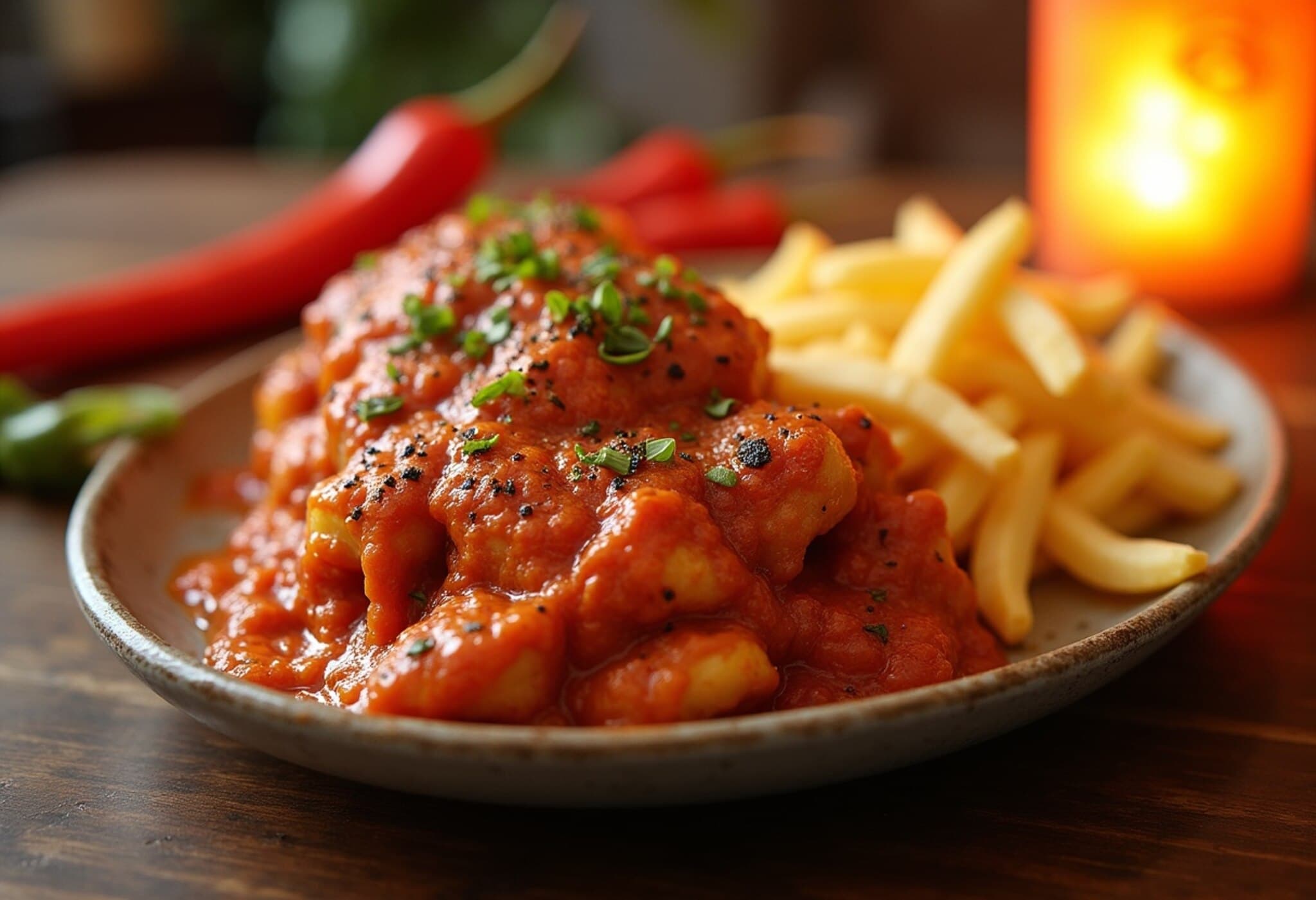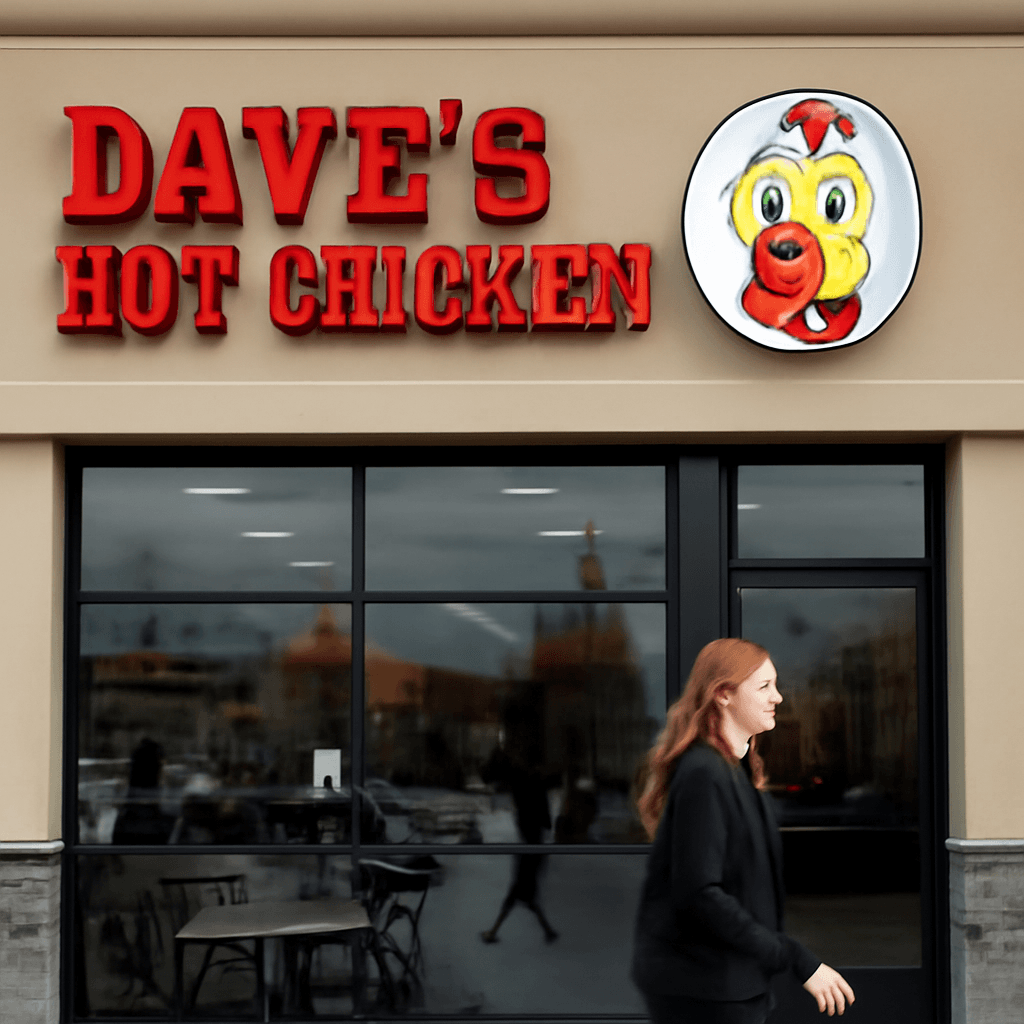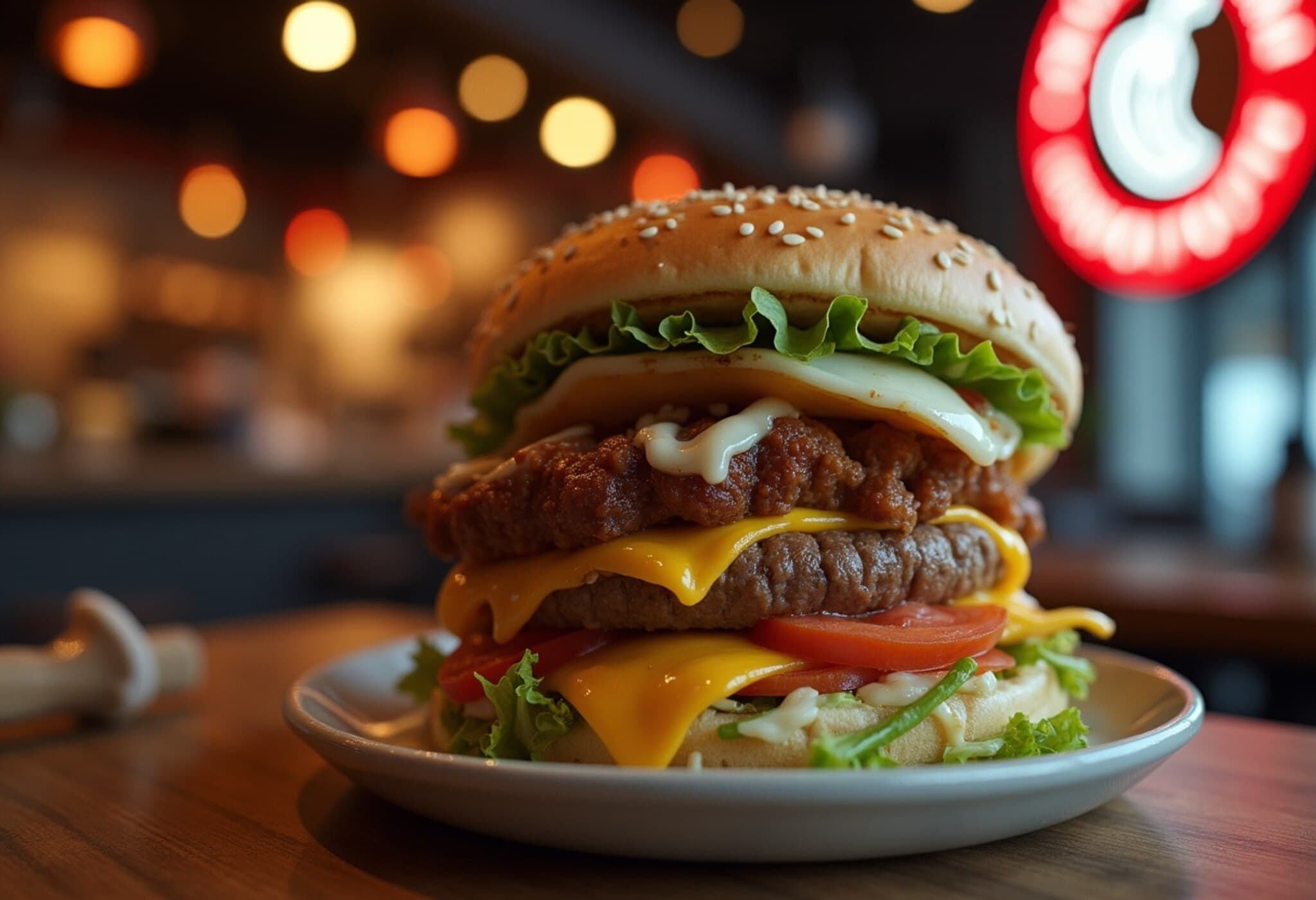Restaurants Spice Up Menus to Attract Gen Z and Gen Alpha Diners
Across the United States, restaurant chains are increasingly adding bold and spicy new menu items to their offerings, aiming to captivate younger customers—primarily Generation Z and Generation Alpha. From March to June 2025, major fast-casual and quick-service restaurants launched 76 new spicy items, accounting for roughly 5% of all new menu additions, according to market research firm Datassential.
The Rise of the Heat-Seeking Consumer
This surge in spicy options is no accident. Younger consumers are craving daring, adventurous flavors rather than the bland or predictable. Data from soda brand Sprite reveals that up to 50% of Gen Z diners enjoy at least one spicy meal per week, reflecting a growing appetite for heat.
"These younger generations are driving the spicy food trend," says Ted Xenohristos, chief concept officer and co-founder of a major restaurant group. "They want strong, punchy flavors that offer an exciting experience." This desire for sensory stimulation translates directly into restaurant menus, where chains are turning up the heat to stand out in a crowded marketplace.
Cost-Effective Innovation in Slower Spending Climate
Facing a dip in consumer spending—particularly among lower-income groups who plan to spend 7% less at restaurants this summer—chains are seeking affordable ways to keep patrons engaged. Greg Francfort, lead restaurant analyst at Guggenheim Securities, highlights spicy menu items as "a low-cost, high-return way to reconnect" with cautious diners.
For example, Chipotle Mexican Grill launched its first new dip in five years, the Adobo Ranch, as a limited-time offer in June. According to Chris Brandt, Chipotle’s president and chief brand officer, "It’s operationally easier to add a sauce than rolling out a new protein, and it delivers many of the same benefits—including buzz and repeat visits." This strategy exemplifies how restaurants pivot quickly and economically.
Social Media Amplifies the Spicy Craze
The viral nature of spicy food challenges and taste-test videos on platforms like TikTok and Instagram fuels interest among younger consumers. With over 40,000 mentions of "spicy" in June alone, social media acts as a digital megaphone for new offerings.
Brands are capitalizing on this trend. Wendy’s, for example, collaborated with the popular spicy rolled tortilla chip snack Takis to create a limited-time meal that includes their signature spicy chicken sandwich paired with Takis-flavored fries. Meanwhile, Cava offers bold options featuring harissa—a fiery North African chili paste—such as the Harissa Avocado bowl and harissa honey chicken.
Sprite has also jumped into the movement by launching its "Turn Up the Heat" campaign, partnering with spicy food brands and influencers to promote their lemon-lime soda as the perfect companion to fiery meals. According to Oana Vlad, Sprite’s global VP, events like spicy noodle challenges and mukbangs (live eating broadcasts) have integrated spicy food deeply into online youth culture.
Emerging Flavors Reflect America’s Diverse Palate
Beyond the familiar sizzle of classic hot sauces and spicy chicken sandwiches, younger diners seek complex, globally inspired flavors. Ingredients like Chili Crisp (Chinese), Nam Phrik (Thai chili paste), and Piri Piri (Portuguese-African chili sauce) are making their way onto mainstream menus, reflecting the increasingly multicultural American foodscape.
"As America becomes more diverse, young consumers are more open to experimenting with rich, textured flavor profiles," notes Sara Senatore, managing director and senior restaurant analyst. This adventurous spirit creates opportunities for restaurants willing to broaden their culinary horizons.
The Challenge: Holding Gen Z’s Ever-Shifting Attention
However, the fleeting nature of trend-driven younger generations means restaurants can’t rely on any one spicy item to maintain long-term popularity. Brands must consistently innovate to keep pace with ever-evolving tastes, a balancing act between excitement and operational feasibility.
Recent spicy fads like Flamin' Hot Cheetos and Ghost Pepper products have already experienced declining interest among Gen Z, signaling that the spice wave is dynamic and unpredictable.
Conclusion
In sum, the U.S. restaurant industry’s embrace of spicy new menu items reflects a savvy response to shifting consumer preferences, economic realities, and digital trends. By harnessing the allure of heat, tapping into social media virality, and exploring global flavor palettes, restaurants hope to ignite sustained engagement with their most valuable diners—while navigating the complexities of a cautious spending environment.
As spicy menu items blaze a trail across American restaurant menus, questions linger about the sustainability of this trend amid Gen Z’s quick turnover of food fads. How can restaurants innovate boldly without overwhelming operations? And will the desire for global flavors push U.S. cuisine into new frontiers? For consumers and industry watchers alike, one thing is clear: the heat is on, and it's shaping the future of dining.












